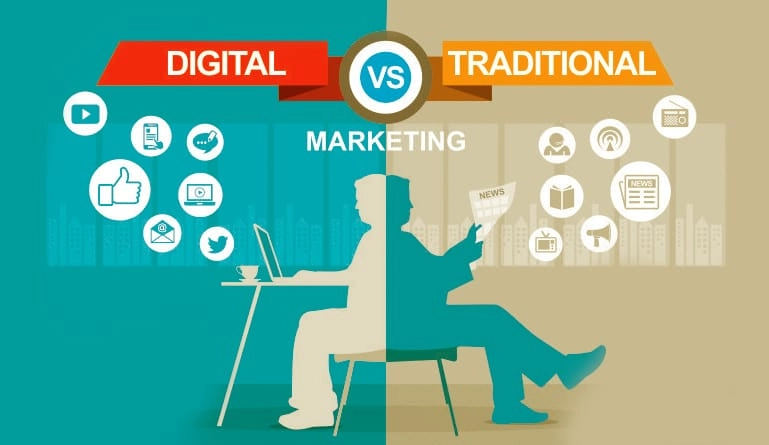
The Evolution of Entertainment: From Traditional to Digital
Entertainment has come a long way over the years, transforming from traditional forms to the digital realm. In this article, we will explore the evolution of entertainment and the impact of technology on the industry. From the advent of cinema to the rise of streaming platforms, the entertainment landscape has undergone significant changes, shaping the way we consume media and enjoy leisure time.
The Birth of Cinema
The entertainment industry took a revolutionary turn with the invention of cinema. In the late 19th century, the Lumière brothers presented the first public film screening, marking the birth of motion pictures. From silent films to “talkies,” cinema quickly became a popular form of entertainment, captivating audiences worldwide.
The Golden Age of Television
Television brought entertainment directly into people’s homes, providing a new way to consume content. The 1950s and 1960s witnessed the emergence of iconic TV shows, such as “I Love Lucy” and “The Twilight Zone.” The introduction of color television and cable networks further expanded the reach and diversity of programming.
The Digital Revolution
The advent of the internet and digital technology revolutionized the entertainment industry. Music was among the first sectors to be impacted, by the rise of digital formats and online platforms like Napster and iTunes. This shift allowed artists to distribute their work directly to consumers, bypassing traditional record labels.
Streaming Services and On-Demand Content
The rise of streaming services, such as Netflix, Amazon Prime Video, and Disney+, changed the way we consume movies and TV shows. These platforms provide on-demand content, giving viewers the flexibility to watch their favorite programs anytime, anywhere. The concept of binge-watching became popular, allowing people to devour entire seasons of shows in one sitting.
Social Media and Influencer Culture
Social media platforms like Instagram, YouTube, and TikTok have transformed the entertainment landscape by creating a new breed of celebrities: influencers. These individuals, with their large followings, can influence trends and promote products. They have become an integral part of the entertainment ecosystem, partnering with brands and blurring the lines between advertising and entertainment.
Virtual and Augmented Reality
The advancements in virtual reality (VR) and augmented reality (AR) have opened up new possibilities for immersive entertainment experiences. VR allows users to step into virtual worlds, while AR enhances the real world with digital overlays. These technologies have been utilized in gaming, live events, and even film and television, offering audiences a new level of engagement and interactivity.
Personalization and Recommendation Algorithms
With the vast amount of content available, personalized recommendations have become crucial for users to discover new entertainment options. Recommendation algorithms analyze user preferences and behavior to suggest movies, TV shows, music, and more. This personalized approach enhances the user experience and helps overcome the paradox of choice.
Conclusion
The entertainment industry has witnessed remarkable transformations throughout its history. From the early days of cinema to the digital era of streaming services and social media, technology has been the driving force behind these changes. As the world continues to evolve, we can expect further innovations that will shape the future of entertainment. The rise of virtual reality, augmented reality, and personalized experiences will undoubtedly provide audiences with even more immersive and tailored entertainment options.


